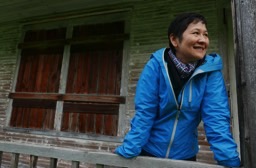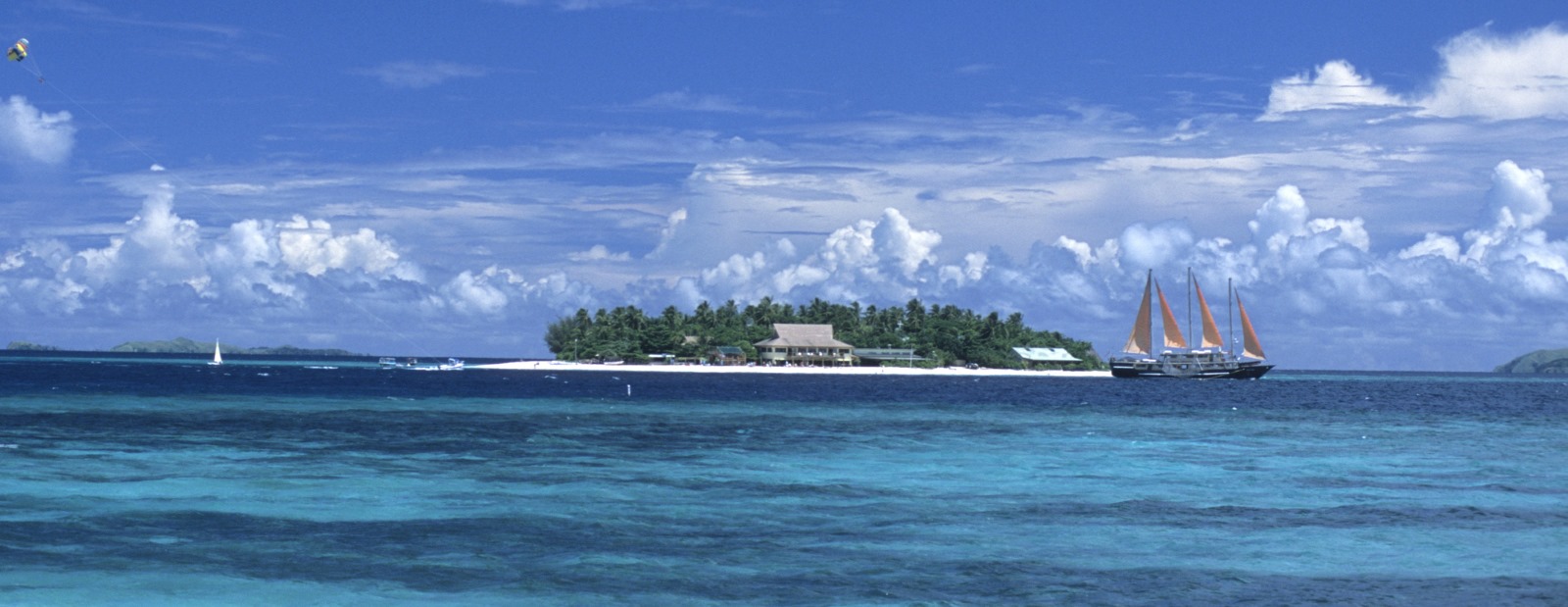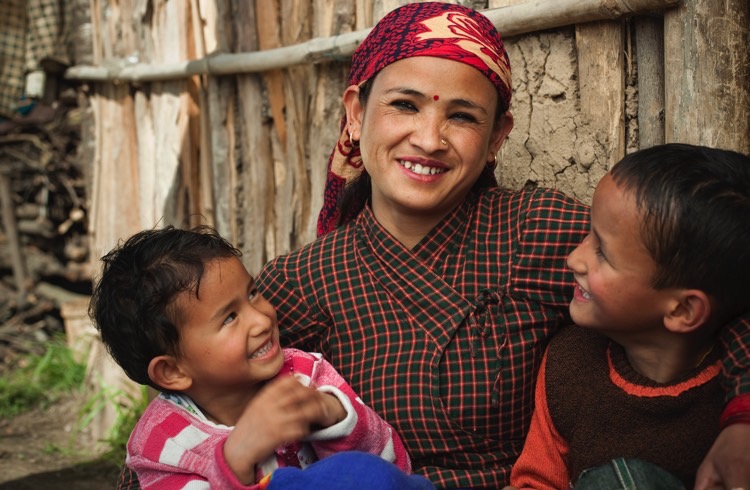Anyone can tell a travel story but not everyone can make it sing. Successfully transporting the reader with meaningful content can often come down to mastering these basics.
 Photo © Green Chameleon
Photo © Green Chameleon
An editor at Outside magazine once told me that the secret to writing well boiled down to three simple things: details, quotes and pacing. Every story of mine I’ve written since has benefited from that insight. Of course, learning how to assemble your sentences into a coherent and engaging narrative is another challenge indeed, but making the right observations, capturing snappy dialog, and packing the pieces into beautifully constructed sentences: these are the building blocks that any story needs and will make you a dream for editors. But to get them, you need to do some research. Let’s start with the basics of how to tackle these possible briefs:
How to write about adventure
Writing about an adventure is, for me, the most rewarding form of travel writing. While going on the trip itself is pretty great, most people know that it can be a ton of work too. You’re there to get a job done and you need to do it well to land another job. No pressure at all!
Be specific
You’re off on a trekking trip to Nepal and you’d like to write about it. We can discuss how to pitch the idea later. For now, try to think about how you’d report it. What details would you need to properly construct a setting? Mountain heights. Trail lengths. Population numbers. River names. Types of trees. Temperature. Mood. What the air smells like. Sounds you hear. What details should you get about the people you meet? Their age, nationality, what they’re wearing, the color of their hair, the tone of their voice, and why they are traveling. You never know what parts you need, so get out your notebook – yes you need a notebook – and jot these things down.
Be specific with each detail. The stone hut smells of wet granite. Pandanus trees line the trail. Hourglass dolphins play off the bow. Think of details as roses in your story. “Rose is a rose is a rose,” the famous Gertrude Stein line, works. “Plant is a plant is a plant” does not.
Use quotes
Quotes are really just another kind of detail and in most cases you need them. You can describe how a person looks all you want but until she says something she won’t feel real. Great quotes will leap off the page but don’t worry if you don't have a zinger of a quote. But listen for them.
Pay attention to the dialog at crucial turning points in your story no matter how mundane. “I don’t know,” Sam said. “That storm’s rolling in fast.” I replied: “We can beat it, but we have to go now.” Doing so will help put the reader right there with you as the narrative surges forward.
Pacing is the trickiest part because it’s more of a feeling than a rule. It applies to sentences. It applies to paragraphs. It applies to your whole story. Each level has its own needs and challenges and when you put them all together, they need to play with each other nicely.
Pay attention to pacing
The simplest way to think of pacing is to think of it as rhythm. You don’t want a steady beat – that will sound like droning. So vary your sentence length, for starters. A long, breathy sentence will need a short sentence right after.
Pay attention to the mood between paragraphs and don’t be too afraid to play with time: Linger over significant moments and breeze through the rest. One rather exciting 30-second encounter might take up three full paragraphs, while the next two days can get wrapped up into one. Just don’t give readers whiplash and jerk them through time and space without solid transitions and clear time markers. Otherwise, you risk a complete breakdown in pacing, which can cause the structure of your story to collapse as well.
How to write about hotels
The “details, quotes and pacing” rule applies to almost any type of travel writing but some versions of the craft demand those parts in unequal measure. One of the easiest ways for aspiring travel writers to break into the craft is through “service” writing. Unlike the narrative features – storytelling – service writing needs the details you might find in a guidebook. They tell the reader where to eat, what to do, and where to go. You see them everywhere: "Hawaii’s Top 12 Beaches”; “36 Hours in Paris”; “5 of Tokyo's Best Bars". These are all service pieces. In each, no reader will care what the sun felt like on your neck while you were there.
If you’re trying to write about a hotel or hostel experience, you first need to consider why. Is it new? Does it offer better access to a famous spot? Is it an ideal place to spend Christmas? Why? (And it better be unique!)
You then want to report the basics:
- How many rooms does it have?
- What materials were used?
- What’s the general layout?
- What do the grounds look like?
- Who stays there?
- What cocktail is the bar best known for?
- How fast is the WiFi
Report, report, report.
How to write about natural landmarks
Writing about a landscape or a place, be it natural or urban, means paying a lot of attention to details that focus on the setting. If I were to write about the Grand Canyon, I’d find out things like: How deep is the canyon? How high is the rim? What kind of rock will we see? What plants grow there? Are there any endemic critters? Who lived there first? Have any notable explorers commented on the place’s beauty, harshness, and grandeur? How many kilometers or miles of trails cut through it? When was it created? Why was it created? What’s the reward for whatever effort it takes to see it?
Remember, in articles that have more of a service element, the focus should be on “of all the places/things to write about, why am I including this one?” That will force you to think about highlighting what is unique and timely about your subject.
How to write about restaurants
Restaurant and food reviews are a completely different beast that people build entire careers around. I’m not one of them. But I do have to write about restaurants from time to time when they fit into other parts of my assignment. The same tricks we’ve been going over here apply. When people read about a restaurant, they want to know some basic things that you need to deliver.
Again, we need details. Try to get a quick interview with the chef. What is her philosophy on food? What’s her favorite dish and is it only available on Tuesdays? Readers want to know what kind of food the restaurant serves, and not just “Italian” food, but “the recipes Chef John Doe’s Sicilian grandmother passed down to him.”
Be sure to include what the ambiance is like “a sleek modern space with Edison lightbulbs, exposed metal piping and heavy, industrial wood tables” gives me a sense of the dining area whereas as “room fit for families” does not. Find out if the bar is made of mahogany or teak and look at the pictures on the walls.
Like with any skill worth having, learning to be a good travel writer takes practice. You need to develop your storytelling instincts and get a good feel for how the pieces of a good yarn come together to create a lasting image. But the very first step is to gather the details. Without those, your story will never come to life.
Related articles
Simple and flexible travel insurance
You can buy at home or while traveling, and claim online from anywhere in the world. With 150+ adventure activities covered and 24/7 emergency assistance.
Get a quote


4 Comments
This was very informative, and I appreciate any good writing advice! Keep up the fantastic work!
Really eye opening and helpful. Indeed writing things down help bring the story to life. The way things look, the way you feel at the moment, the highlight of each experience are definitely to be taken note off. Thanks for sharing!
Interesting article, interesting, and really useful, thank you, keep up the wonderful work.
That’s funny: because on Friday I went into a restaurant for the first time in a year. While the food was great out on an over-water deck with a panorama of the Olympic Mountains, the sun on my naked face, and yes, neck, was absolutely the highlight of the pricey experience.
It’s called “Rain City” here for a reason.